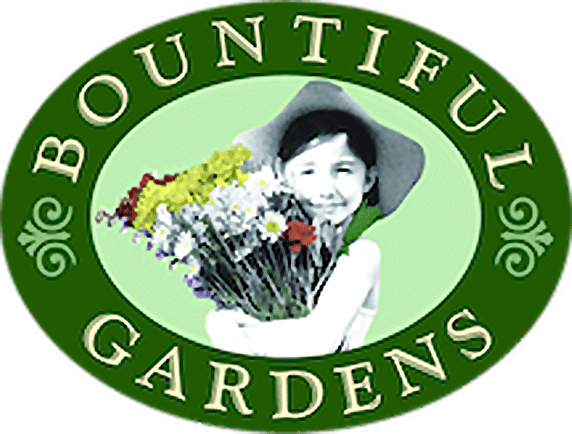Let's Get Growing: A Healthy Ecosystem Starts at Home
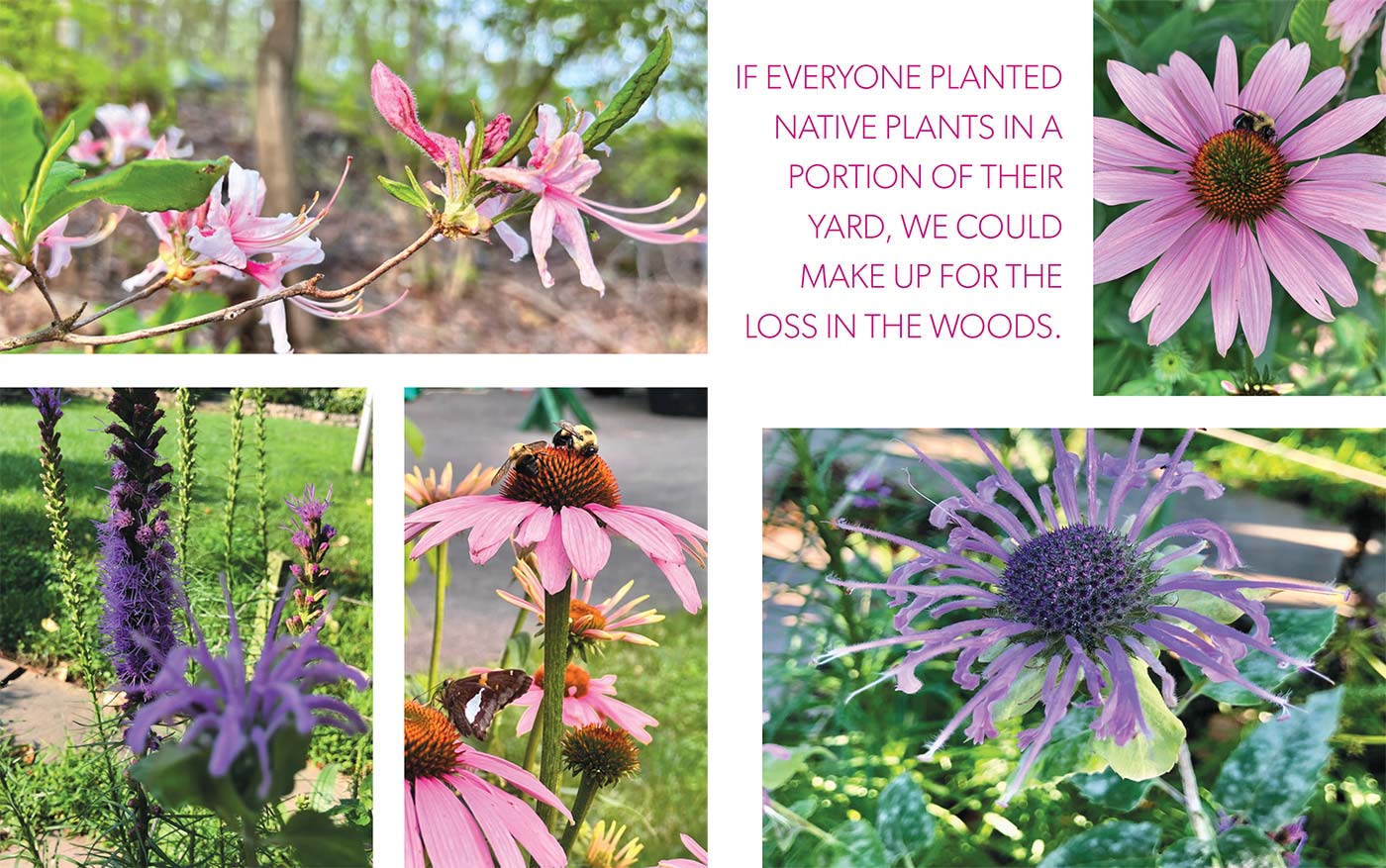
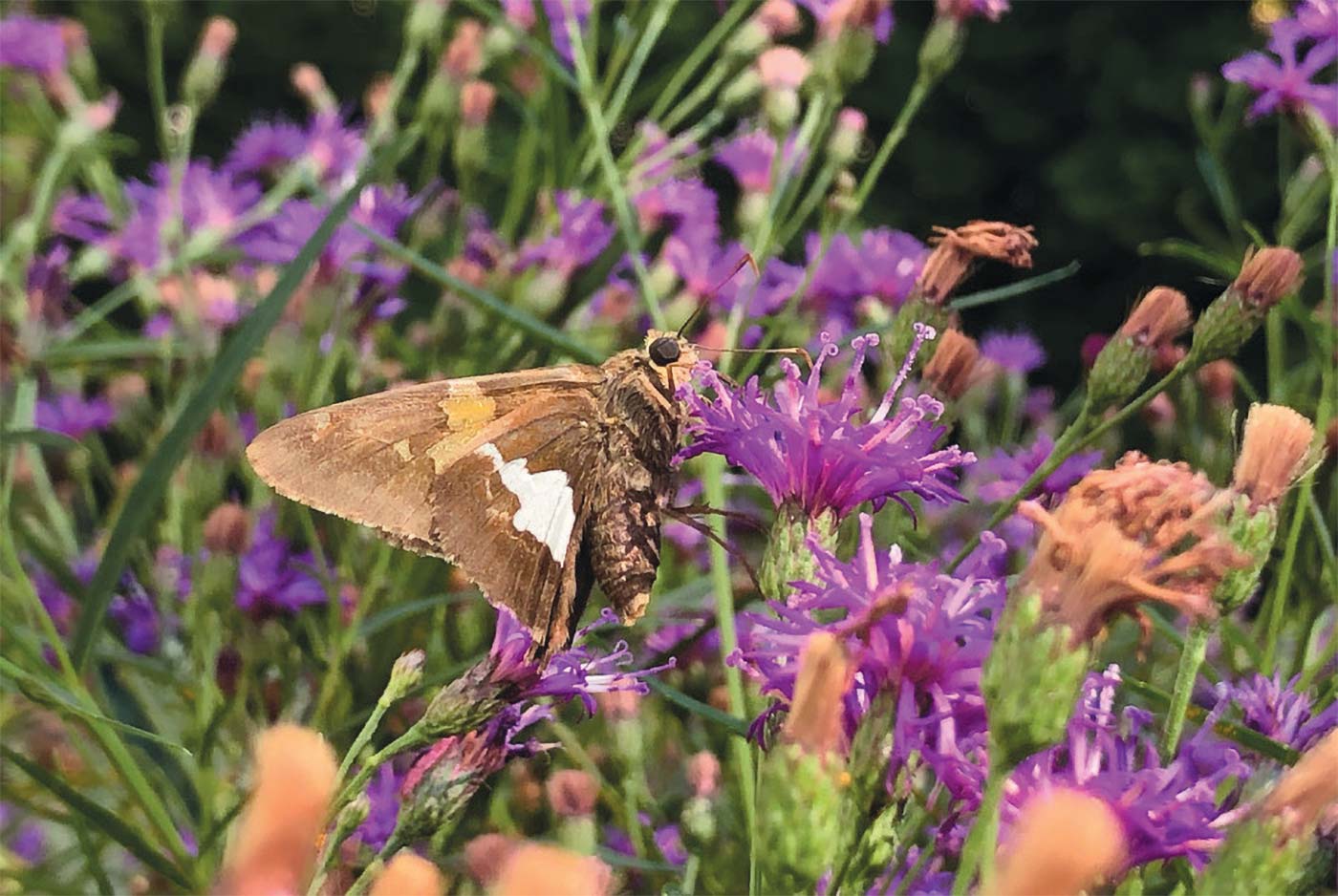
Four years ago on these pages, I wrote about how insects are in decline and why we need them. “[Bugs] are the unsung heroes in pest control, organic matter decomposition, and pollination, which keeps our world beautifully vegetated,” I noted. “We need to not only tolerate insects, but actually invite them into our gardens.”
What a difference four years make. Back then, whenever I would share my views on the topic, I was unable to make my case succinctly and it seemed no one was listening. That is, until Nature’s Best Hope by Douglas W. Tallamy, published in 2019, began to gain traction and people started taking notice. Tallamy and his research students at the University of Delaware started to quantify the loss of insects and birds, how their declines are connected, and why this decline is bad news for us. But they also outlined what we can do to reverse this trend.
The loss of 29% of the birds in North America, and 45% of the insects globally since the 1980s should scare you.* It scares me. But like many of today’s problems, we don’t have to wait for the politicians to do something about it. You and I can make a difference right now. The first step is to understand the causes for this decline, and then consider how we can help fix it.
LOSS OF NATIVE PLANT SPECIES
As I write this in April, I have a few stems of spice-bush (Lindera benzoin) in a vase on my table. This native shrub growing outside my window is in bloom, displaying small yellow flowers. I am also seeing this yellow haze all over the roadside. It is one of the few native shrubs the deer don’t eat. Soon the leaves will emerge with a nice aroma, and in the fall, produce red fruit and great fall color. If you have this native plant, you will most likely also have spicebush swallowtails and their cool-looking caterpillars. This is not the case for our native azaleas.
I’ve been taking the same morning walk with my dog for almost 20 years now, strolling Patriots’ Path along Speedwell Lake in Morristown. Every year, there are fewer New Jersey native plants and more invasive ones (an introduced plant species that is not native to the state, quickly reproduces, and can damage the ecosystem).
There used to be a grove of native swamp azaleas, and last year, I found only three. I can’t wait for the bloom this year to see how many survived the winter. This is an important shrub for butterflies and moths, as the long tubular flowers easily accommodate their long tongues.
The problem is deer. There are far too many here and they need to eat. As they have evolved here with our flora and fauna, they are partial to native plants. They eat these azaleas down in the winter, and any lucky seedling that sprouts has no chance. Once dead, an invasive plant takes advantage of the open space and moves in: Japanese barberry and burning bush in shady areas, knotweed in the sun, stiltgrass, porcelain berry, Oriental bittersweet, and more. When a native ash dies due to the invasive emerald ash borer, that void gets filled quickly with privet or Bradford pear trees, none of which are native to New Jersey.
With the loss of native species goes the loss of the insects, birds, and small mammals that depended on those species. A butterfly may get pollen from the flowers of an invasive species, but if it lays its eggs on a non-native plant, they may not hatch; the chemical compounds needed for development are not available. If migrating birds eat berries from a native shrub in fall, they will be getting the fat and protein they need for their long journey. Alternatively, most non-native plants, like burning bush and barberry, have berries loaded with carbohydrates that can impede migration.
More insects feed on native rather than non-native plants, so as the native plants disappear, so do the insects. Birds eat insects, especially in spring, to feed their young. More native plants mean more insects and a healthier bird population.
WE DON’T HAVE TO WAIT FOR THE POLITICIANS TO DO SOMETHING ABOUT IT. YOU AND I CAN MAKE A DIFFERENCE RIGHT NOW.
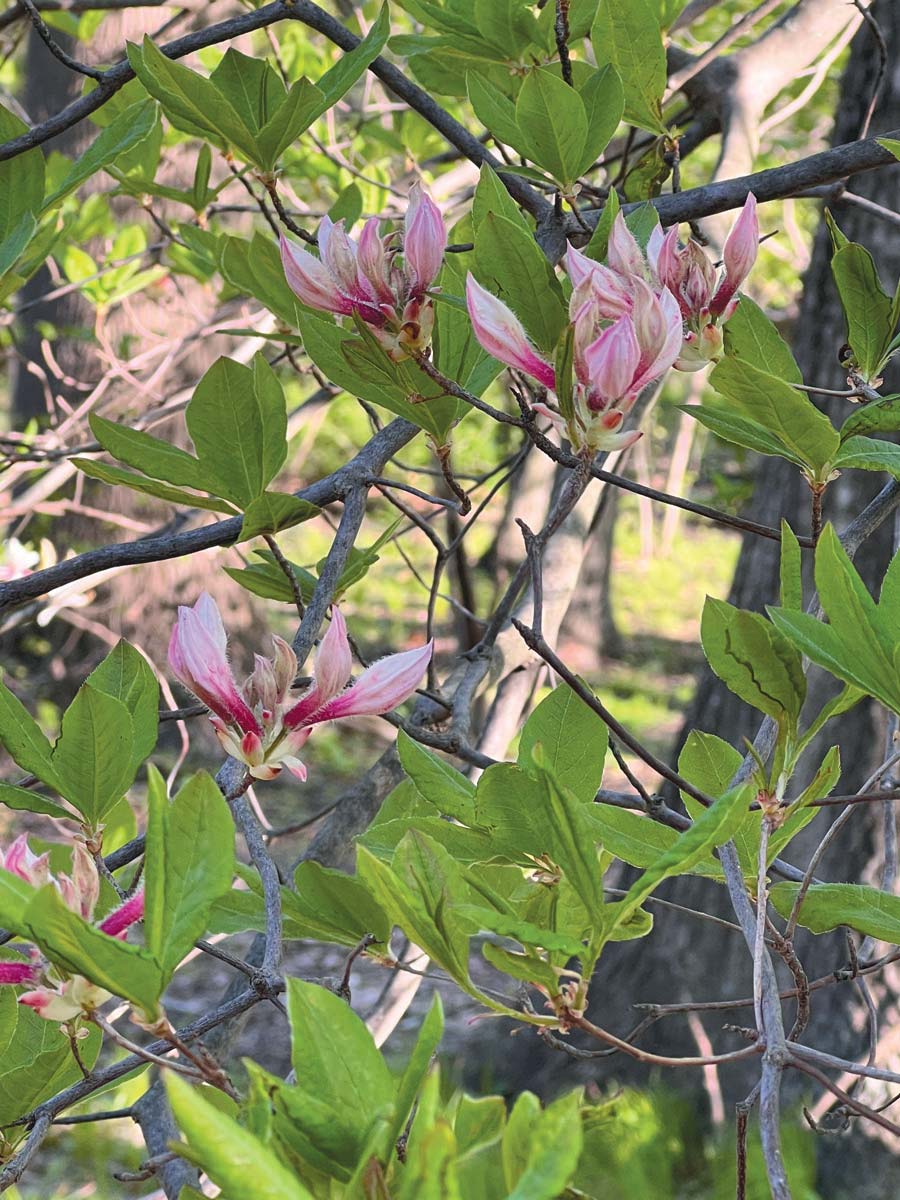
TAKE ACTION IN YOUR OWN BACKYARD
Let’s plant more native plants in our own yards. It would be an epic undertaking to try to remove all invasive species in our woods, but we can plant more natives around our own homes. Tallamy calls this “Homegrown National Park.” If everyone planted native plants in a portion of their yard, we could make up for the loss in the woods. If you and five of your neighbors did this, you would start to see more life in your garden—more birds, more insects, and more pollinators.
Beneficial insects (97% of the insect population) need you to stop using insecticides and pesticides. (And remember that mosquito spray your neighbor uses is terrible for you, too!) Synthetic pesticides are now in 90% of our streams and rivers. The average American has 43 different pesticides in their bloodstream**, probably causing headaches and nausea, even reproductive problems and cancer. Children and dogs are even more susceptible. And as these sprays only last for one phase of an insect’s life cycle, they are not effective. They do much more harm than help.
Once you have a lot of native plants, you can do less. By less, I mean less fall clean-up: not only are these plants supporting insects and birds with pollen, nectar, and fruit, but many insects lay their eggs in the hollow stems of perennials. Plant stems and leaf litter provide critical habitat for insects and wildlife. Leaving the leaves and stems has a positive impact on the native bee populations as well as other invertebrates. Fireflies need you to let your grass grow a little longer in the fall. Caterpillars need you to leave the leaves at the base of your oaks and not blow away every fallen leaf. Both insects are just a few of many that overwinter under fall debris, and serve as birds’ baby food. The insects’ soft bodies are the only thing young chicks can eat, and they eat a lot.
Get on the map at www.homegrownnationalpark.org!
As their motto goes,
We can do this! One person at a time.
Plant native.
Regenerate biodiversity.
(No experience necessary!)
**cen.acs.org/environment/pesticides/Pesticide-breakdown-products-found-hundreds/99/web/2021/03 and panna.org/resources/pesticides-our-bodies
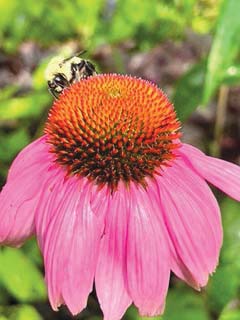
HOW TO START: LEARN MORE
Homegrown National Park
Encourages biodiversity regeneration and ecosystem function by pllanting native plants and creating new ecological networks
homegrownnationalpark.org
The Native Plant Society of New Jersey
Promotes the appreciation, protection, and study of New Jersey’s native flora
npsnj.org
New Jersey Invasive Species Strike Team
Mission is to protect our natural lands and rare species habitats from future damage posed by emerging invasive species through coordinated strategic invasive species management involving a team of partners and volunteers
fohvos.info/invasive-species-strike-team
Pollinator Pathway
Inspiring, educating, and supporting diverse communities working together to restore and connect habitat for pollinators
pollinator-pathway.org
Wild Ones
Promotes native landscapes through education, advocacy, and collaborative action
wildones.org
Xerces Society
Protects the natural world through the conservation of invertebrates and their habitats
xerces.org


